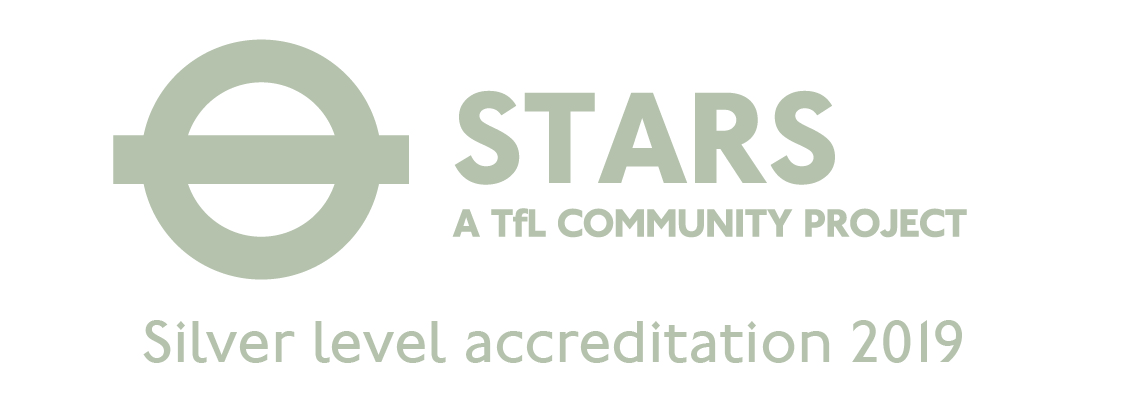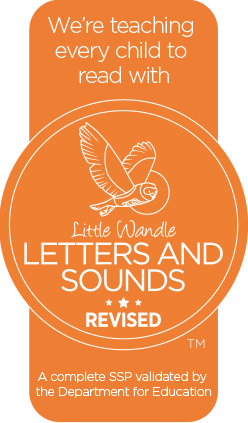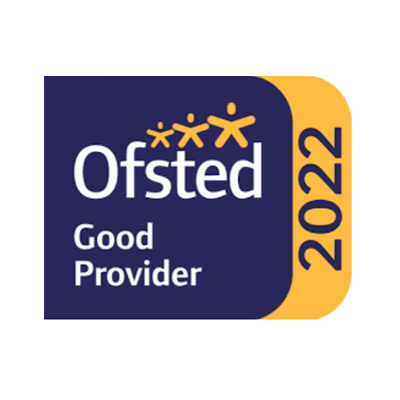Southwark Star Assessment
What is STAR Assessment?
Since the abolition of levels each school has been able to judge their own assessment using a model that is suitable to their school. We chose to use the Southwark STAR so we could compare ourselves to other local schools.
STAR is best fit assessment model devised in 2015 following the removal of levels and is aligned to the Interim Teacher Assessment Frameworks (ITAF) for Year 2 and Year 6. The statements in the ITAF standards must all be met and evidenced for statutory teacher assessment and are NOT a best fit model of assessment
• It is a year group model that breaks down the aspects of the programmes of study in the 2014 National Curriculum and paces out steps of progression towards the end of year standard.
• Shaded boxes titled “Deepening Understanding” contain statements to reflect deeper reasoning skills such as Bloom’s higher order creative and evaluative layers of thinking.
• Each column maps out progression towards an end of year standard in steps.
• These steps are referred to as emerging, developing and securing (E, D, S)
• Each step contains a number of assessment indicators that children could be demonstrating competence in if they are on track to reach expected standards for each year group.
• So, the standard that is “expected” for children changes at each termly assessment point.
• In December, children who are on track to reach the end of year standard are expected to demonstrate a best fit competence in the indicators in the emerging (E) step of their year group. In March, children on track to reach end of year standards are expected to demonstrate achievement in most assessment indicators in the developing (D) step. In June/July, children working at end of year standards are expected to be securing most statements in the final column (S).
• Expected starting points for children in each year group (except nursery and reception) are the assessment indicators in the securing (S) step of the previous year group.
Each term the class teacher assesses against a set of criteria or assessment indicators. Our assessment model is based on the National Curriculum for the year group that means we teach and assess against different but cumulative criteria to determine whether a child is at age related expectation in reading, writing and maths at the end of each term. These are classified as emerging (Autumn), developing (Spring) and secure (Summer). The criteria between year groups can overlap, for example, there will be some criteria in Yr 4 emerging that are the same as Yr 3 secure and this provides continuity of assessment. Children can also be working at ‘deeper understanding’ across any of these stages where they are secure in the expectations and able to use and apply their knowledge and skills confidently.
Tracking progress is a “background metric” to marking, assessment and gap analysis.
• 1 point is attributed to each step, starting at 19 in December of Y1 continuing on from the phases of development (E, D, S) in EYFS.
• Expected progress is 3 steps a year from starting points (i.e. end of previous year in years 1-6)
• 4+ steps is exceeding expected progress from starting points
Our assessment and reporting system includes:
STAR objectives taken from the National Curriculum
Children understanding what they have been asked to learn, why they are learning it and what their learning should look like
Feedback with next steps for learning through peer assessment, verbal or written feedback
Book scrutiny
Progress Tests
Analysis of this data to inform school improvement
Reporting pupils’ achievements to stakeholders
Marking
Moderation external and internal by year group, SLT, subject leaders
LA moderation and working with other schools
Our teachers are also clear that:
Children have different starting points
Both their formative and summative assessment enables children to progress and achieve from starting points
Any gaps in learning are monitored and will need to be closed over time
Lessons will scaffold learning so good progress can be made
Planning, teaching, additional support, curriculum development and resourcing will centre around maximising children’s achievement
Pupil progress meetings take place every half term and inform a data snap shot
They will be challenged regarding the progress of individual and groups of pupils
Statutory Assessment
Reception Baseline and EYFS profile
Year 1 (and Yr 2) Phonics Check
Year 2 and Year 6 end of Key Stage Assessments
Assessment in the Early Years Foundation Stage
For children who arrive in Reception on entry assessment is carried out when the children start in September. Results are used to inform planning, set targets and indicate early identification of SEND. From then on the children are assessed using the EYFS Profile.
Year 1 teachers use the ELGs in number, reading and writing as a baseline and to form a starting point for planning.
Statutory Assessment KS1 and KS2
Following the introduction of the reformed national curriculum and the removal of national curriculum levels, new statutory assessment arrangements were introduced for the 2015 to 2016 academic year. These include national curriculum tests for English reading, English grammar, punctuation and spelling, and mathematics at the end of Key Stages 1 and 2, and interim frameworks for teacher assessment. The interim frameworks are used by teachers to meet their statutory obligation to report teacher assessment judgements in English reading, writing and mathematics at the end of both key stages for pupils who have completed the programme of study. For some pupils with Special Educational Needs, who have the most severe and complex needs, they will have their outcomes reported using the P scales. For other pupils who are teacher assessed as working below the standard of both the national curriculum test and the interim teacher assessment frameworks we will use the Interim Pre-Key Stage Standards. The statements for these standards define the expectations appropriate for pupils working at the standard and reflect the core knowledge and skills that the pupils need to progress.




 Camberwell Catholic Schools'
Federation
Camberwell Catholic Schools'
Federation







